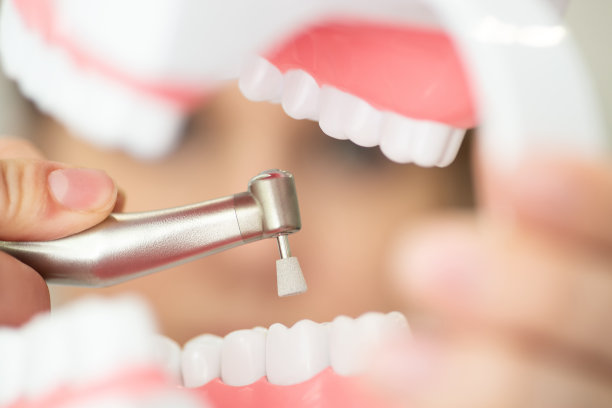Understanding the Process and Aftercare of Extracting a Tooth for Optimal Dental Health Recovery
Summary: The process of extracting a tooth is often necessary for various reasons, such as dental decay, overcrowding, or advanced gum disease. Understanding the extraction process and its aftercare is crucial for optimal dental health recovery. This article explores the steps involved in tooth extraction, the preparation required before the procedure, the proper aftercare to ensure smooth recovery, and the potential complications that may arise. By gaining insight into these aspects, patients can better prepare themselves for their procedures and enhance their overall dental health.
1. Steps Involved in Tooth Extraction

The first step in the tooth extraction process is the consultation with a dentist. During this visit, the dentist evaluates the need for extraction by examining X-rays and the patient’s oral health condition. This means assessing factors like the tooth’s location, condition of surrounding teeth, and patient’s overall health. It is essential for patients to share their medical history, medications they are taking, and any allergies they might have.
Once the need for extraction is confirmed, the dentist will explain the procedure and what to expect. This includes discussing anesthesia options, which are crucial for ensuring the patient’s comfort during the extraction. Patients may choose between local anesthesia, sedation, or general anesthesia, depending on the complexity of the extraction and their comfort level.
The extraction itself involves using specialized tools to remove the tooth, which is often a quick process. For teeth that are visible and healthy, the dentist will gently loosen the tooth before extraction. However, in cases of impacted teeth, surgical methods may be required to remove the surrounding bone or tissue before the tooth can be taken out.
2. Preparing for a Tooth Extraction
Preparation for tooth extraction is vital to ensure a smooth experience on the day of the procedure. Patients should follow pre-operative instructions provided by their dentist, which often include fasting if undergoing sedation or general anesthesia. It is essential to arrange transportation to and from the dental office, especially if sedation is used.
Patients also should take care of any anxiety surrounding the procedure by considering relaxation techniques such as deep breathing or mindfulness practices. It might also be helpful to talk openly with the dentist about any concerns, as this can help ease nervousness and clarify doubts about the process.
Post-extraction needs should also be considered during preparation. Patients will benefit from arranging their schedule to allow sufficient time for recovery, planning softer food options for consumption, and ensuring access to pain relief medications. All these steps contribute to a comfortable experience both during and after the procedure.
3. Important Aftercare Guidelines
Post-extraction care is critical for promoting healing and preventing complications. Immediately after the extraction, patients are advised to apply gentle pressure using gauze pads to control any bleeding. Changing the gauze every half-hour or as needed helps maintain pressure on the wound and encourages clotting, which is essential for healing.
Following the first few hours, patients should avoid strenuous activities and be cautious while engaging in regular tasks. Rest is necessary, as it contributes to quicker recovery. During the first 24 hours, patients should stick to soft foods and plenty of fluids to ease discomfort and ensure adequate nutrition.
Maintaining proper oral hygiene is essential to avoid infection. However, patients should be careful around the extraction site, avoiding rinsing aggressively or using a straw, as this could dislodge the blood clot. Dentists often recommend gentle rinsing with warm salt water after the first 24 hours to keep the area clean without causing undue stress to the wound.
4. Recognizing Potential Complications
Despite following the extraction process and aftercare instructions, complications can arise. One common issue is dry socket, which occurs when the blood clot at the extraction site dislodges, exposing the underlying bone and nerves. Symptoms include intense pain, bad breath, and an unpleasant taste in the mouth. If patients suspect dry socket, they should contact their dentist immediately for treatment.
Another potential complication is infection, which can occur if bacteria enter the extraction site. Signs of infection may include swelling, fever, and pus discharge. It is vital for patients to monitor their recovery closely and seek prompt treatment if these symptoms arise.
Finally, some patients may experience prolonged swelling, bruising, or discomfort. While these may be normal aspects of recovery, excessive pain or unusual symptoms should always be discussed with the dentist. Regular follow-up appointments can help ensure any complications are caught early, promoting faster recovery.
Summary:
Tooth extraction is a procedure that, when understood properly, can lead to optimal recovery and improved dental health. From the preparation and execution to the aftercare and awareness of potential complications, informed patients can navigate this process more effectively. By educating themselves on these aspects, they can minimize discomfort and enhance their healing journey.
This article is compiled by Vickong Dental and the content is for reference only.



